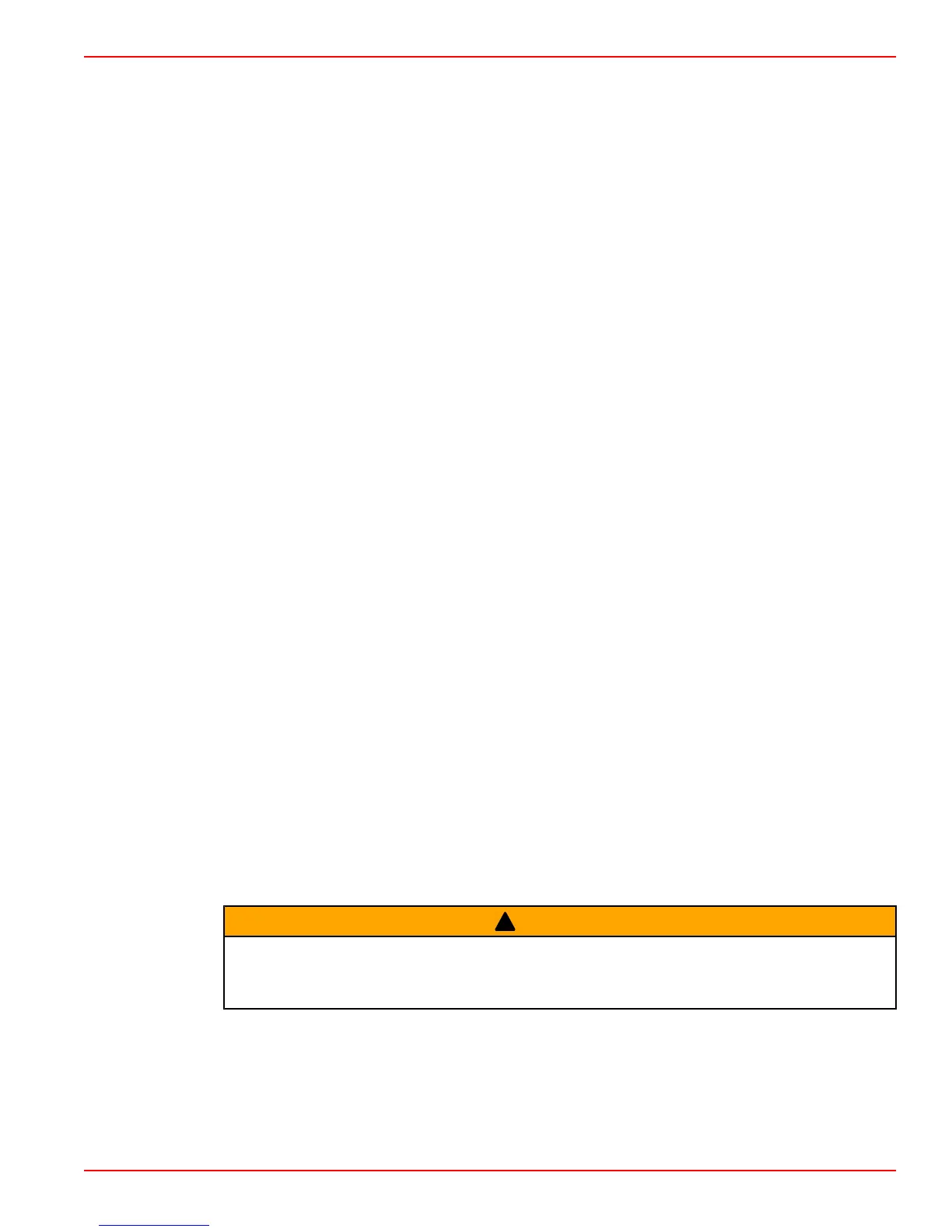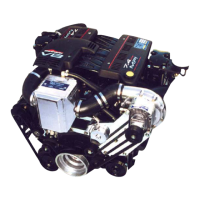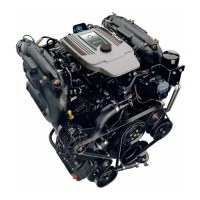Section 3 - On The Water
90-899883179 OCTOBER 2007 Page 27
• Do not allow anyone to sit or ride on any part of the boat that was not intended for such
use. This includes the backs of seats, gunwales, transom, bow, decks, raised fishing
seats and any rotating fishing seat; anywhere that sudden unexpected acceleration,
sudden stopping, unexpected loss of boat control or sudden boat movement could
cause a person to be thrown overboard or into the boat. Ensure that all passengers
have a proper seat and are in it before any boat movement.
Never be under the influence of alcohol or drugs while boating (it is the law).
• They impair your judgment and greatly reduce your ability to react quickly.
Know your boating area and avoid hazardous locations.
Be alert.
• The operator of the boat is responsible by law to maintain a proper lookout by sight and
hearing. The operator must have an unobstructed view particularly to the front. No
passengers, load or fishing seats should block the operators view when the boat is
above idle or planing transition speed. Watch out for others, the water and your wake.
Never drive your boat directly behind a water skier in case the skier falls.
• As an example, your boat traveling at 40 km/h (25 MPH) will overtake a fallen skier who
was 61 m (200 ft.) in front of you in 5 seconds.
Watch fallen skiers.
• When using your boat for water skiing or similar activities, always keep a fallen or down
skier on the operator's side of the boat while returning to attend to the skier. The
operator should always have the down skier in sight and never back up to the skier or
anyone in the water.
Report accidents.
• Boat operators are required by law to file a Boating Accident Report with their state
boating law enforcement agency when their boat is involved in certain boating
accidents. A boating accident must be reported if 1) there is loss of life or probable loss
of life, 2) there is personal injury requiring medical treatment beyond first aid, 3) there
is damage to boats or other property where the damage value exceeds $500.00 or 4)
there is complete loss of the boat. Seek further assistance from local law enforcement.
Be Alert to Carbon Monoxide Poisoning
Carbon monoxide is present in the exhaust fumes of all internal combustion engines
including the outboards, sterndrives and inboard engines that propel boats, as well as the
generators that power various boat accessories. Carbon monoxide is a deadly gas that is
odorless, colorless and tasteless.
Early symptoms of carbon monoxide poisoning, which should not be confused with
seasickness or intoxication, include headache, dizziness, drowsiness and nausea.
!
WARNING
Carbon monoxide poisoning can lead to unconsciousness, brain damage, or death. Keep
the boat well ventilated while at rest or underway and avoid prolonged exposure to carbon
monoxide.
Good Ventilation
Ventilate the passenger area, open the side curtains or forward hatches to remove fumes.

